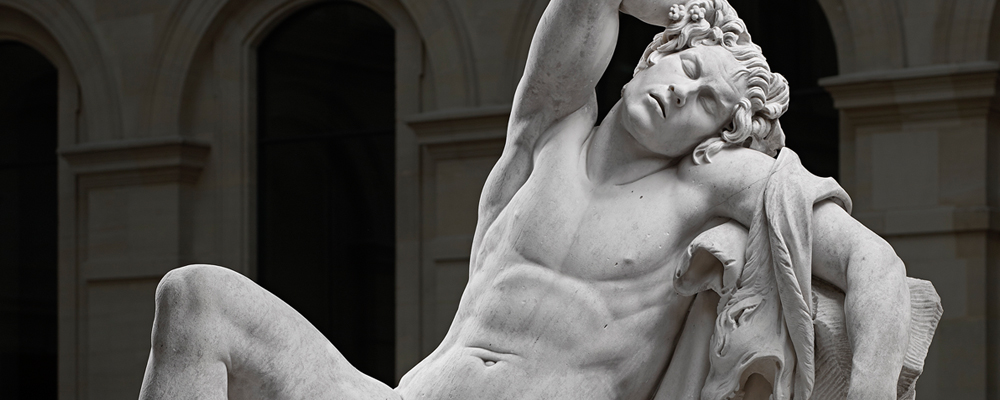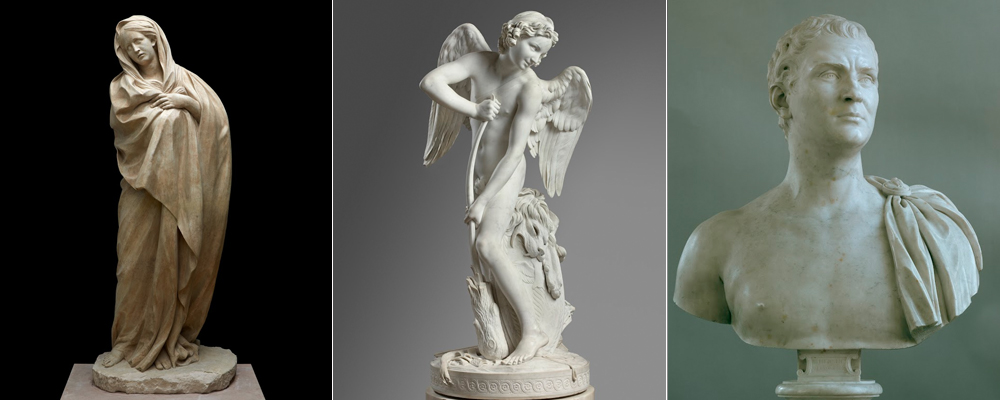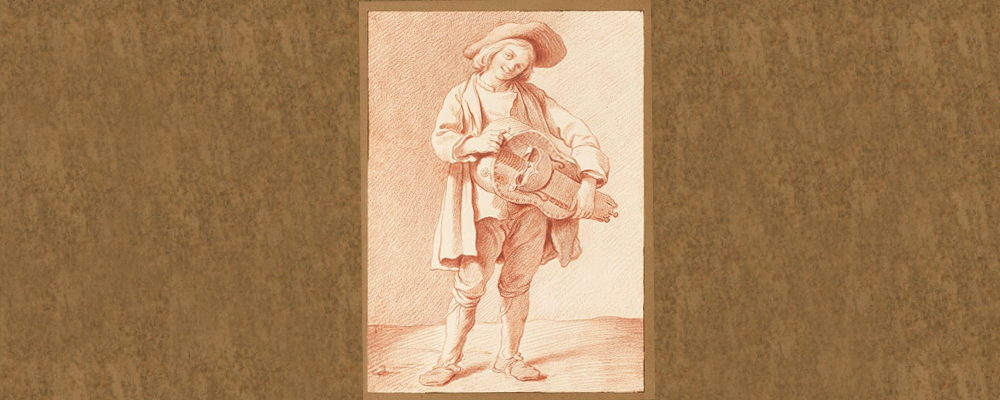Getty Center Spotlights Bouchardon as Enlightenment’s Leading Sculptor
Steve Silkin
The masterpiece of Edme Bouchardon did not survive for long. It was a 40-foot tall statue of Louis XV on his horse that dominated the Place de la Concorde in Paris when it was placed there in 1763. About 30 years later, it was toppled and melted down during the Revolution and the Reign of Terror, when the city’s main square became a festival of guillotining the nobility.
But Bouchardon’s record of creating the sculpture survived the carnage – along with one giant hand of the king, which was spared the cauldron and given as a gift to a prisoner freed from La Bastille – so some of the 150 drawings for it are on display at the Getty Center in a winter-spring exhibit. “Bouchardon: Royal Artist of the Enlightenment” will feature those drawings, along with surviving sculptures. One of those, “The Sleeping Faun,” greets visitors at the center’s entrance lobby: It’s a handsome satyr, seated but asleep in an erotic pose.
Bouchardon was considered the leading French sculpture and draftsman of the 18th Century. He was especially significant because his approach led the transition from the then-preferred Rococo school of elaborate ornamentation to the Neoclassical style of simpler lines that would become the standard of his age. Another unusual aspect of his biography: He despised his contemporaries in the art world, and the feeling was apparently mutual. In the best of terms, he can be seen as a solitary man; in the worst, severely anti-social.
The exhibit, first curated by the Getty and the Louvre from the Paris museum’s extensive Bouchardon holdings, but augmented with pieces from sources as diverse as the Rhode Island School of Design and the private collection of Queen Elizabeth II, includes drawings that the curmudgeonly artist executed in red chalk. Getty curator Anne-Lise Desmas told the Wall Street Journal that these elaborately detailed works will surprise museumgoers used to the black charcoal works of the Old Masters. The visual impact is as different as a color photograph from a black and white.
His works have been out of view, or seen out of context, for centuries. That explains why many art lovers might not be able to place the name. Bouchardon, in terms of popularity “is not Van Gogh,” Desmas acknowledged.
“Bouchardon: Royal Artist of the Enlightenment,” is Jan. 10 – April 27 at the Getty Center, Getty Center Drive at Sepulveda Boulevard.



